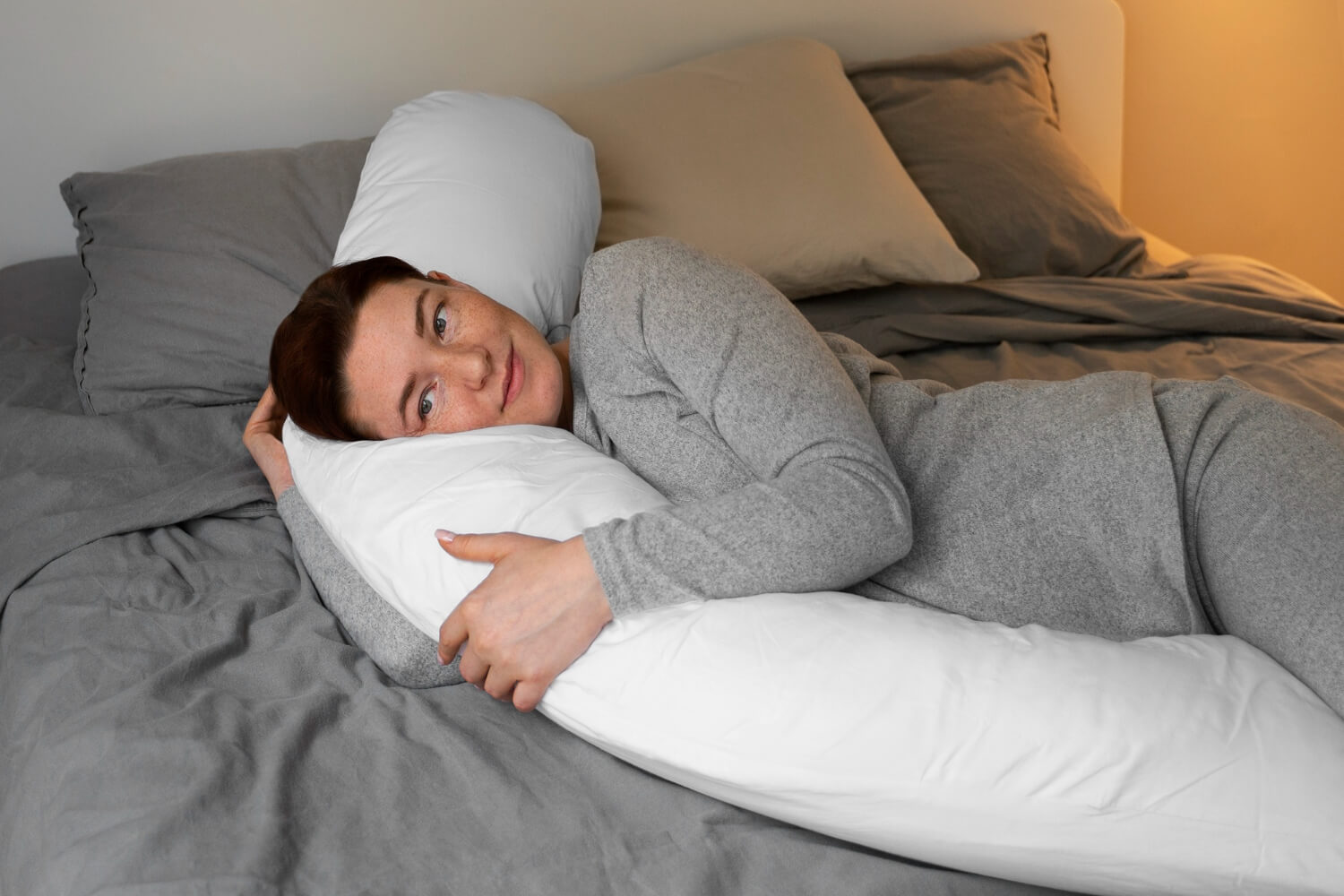Getting quality sleep is essential for overall health and well-being. However, many people struggle with sleep disturbances, preventing them from feeling fully rested. Creating a sleep sanctuary can significantly improve sleep quality by fostering a peaceful and comfortable environment. Here’s how you can transform your bedroom into a sleep sanctuary for deep and restorative sleep.
1. Choose the Right Mattress and Pillows
Your bed is the foundation of good sleep. Invest in a high-quality mattress that provides adequate support for your body type and sleeping position. If your mattress is over 7–10 years old, it may be time for a replacement. Similarly, choose pillows that align with your sleeping style—side sleepers need firmer pillows, while back and stomach sleepers may benefit from softer options.
2. Optimize Your Bedding
The right bedding can make a world of difference. Opt for breathable, natural fabrics such as cotton or bamboo to regulate temperature and prevent overheating. Using moisture-wicking sheets and blankets can also enhance comfort. Keep your bedding clean and fresh to create an inviting sleep environment.
3. Regulate Room Temperature
Temperature plays a crucial role in sleep quality. The ideal sleep temperature is between 60–67°F (15–19°C). Use a programmable thermostat or a fan to keep your bedroom cool. If your feet tend to get cold, wear socks or use a heated blanket instead of raising the overall temperature of the room.
4. Block Out Light
Light exposure can interfere with melatonin production, making it harder to fall asleep. Use blackout curtains or blinds to eliminate outside light. If complete darkness isn’t an option, consider using an eye mask. Dim the lights in your bedroom at least an hour before bed to signal to your body that it’s time to wind down.
5. Minimize Noise
A quiet bedroom is essential for deep sleep. If external noises disrupt your sleep, use white noise machines, fans, or earplugs to create a calm environment. Soft background sounds like nature noises or soothing music can also help lull you into a peaceful slumber.
6. Declutter Your Space
A clutter-free bedroom promotes relaxation and reduces stress. Remove unnecessary items and keep your sleeping area tidy. Use storage solutions like baskets or under-bed organizers to keep everything in order. A minimalist bedroom helps create a peaceful and distraction-free environment.
7. Choose Relaxing Colors
Color psychology plays a role in sleep quality. Soft, muted colors like blue, green, or neutral tones create a tranquil atmosphere. Avoid bright or stimulating colors such as red and orange, which can be energizing and counterproductive for relaxation.
8. Establish a Calming Bedtime Routine
A consistent pre-sleep routine signals your body that it’s time to rest. Engage in relaxing activities such as reading, meditating, or practicing gentle stretches. Avoid stimulating activities like scrolling through your phone or watching TV, as blue light exposure can interfere with sleep.
9. Remove Electronics

Electronic devices emit blue light that disrupts melatonin production and affects sleep quality. Keep phones, tablets, and laptops out of the bedroom, or use a blue light filter in the evening. If you need an alarm clock, opt for a traditional one instead of relying on your phone.
10. Use Aromatherapy
Certain scents, such as lavender, chamomile, and sandalwood, promote relaxation and sleep. Use an essential oil diffuser, pillow spray, or scented candles to introduce calming aromas into your bedroom. Be mindful of strong or artificial fragrances that may trigger allergies.
11. Incorporate Natural Elements
Bringing nature indoors can enhance the serenity of your sleep environment. Houseplants like aloe vera, snake plants, and peace lilies improve air quality and create a soothing atmosphere. Wooden furniture, soft textiles, and nature-inspired decor can also contribute to a more relaxing space.
12. Keep a Sleep Journal
If you struggle with sleep disturbances, keeping a sleep journal can help identify patterns and triggers. Record details such as bedtime, wake-up time, nighttime awakenings, and how rested you feel in the morning. This information can help you make necessary adjustments to improve sleep quality.
13. Limit Caffeine and Heavy Meals Before Bed
Caffeine and heavy meals close to bedtime can disrupt sleep. Avoid caffeinated beverages, such as coffee, tea, and soda, at least 4–6 hours before sleep. Similarly, eating large, spicy, or fatty meals too late in the evening can cause discomfort and indigestion, making it harder to fall asleep.
14. Stick to a Sleep Schedule
Consistency is key to regulating your body’s internal clock. Go to bed and wake up at the same time every day, even on weekends. This helps establish a natural sleep-wake cycle and improves overall sleep quality.

Conclusion
Creating a sleep sanctuary is an investment in your health and well-being. By optimizing your sleep environment, establishing a calming routine, and prioritizing comfort, you can achieve deep and restorative sleep. Small changes can lead to significant improvements, helping you wake up refreshed and ready to take on the day. Start transforming your bedroom today and experience the benefits of a true sleep sanctuary.





